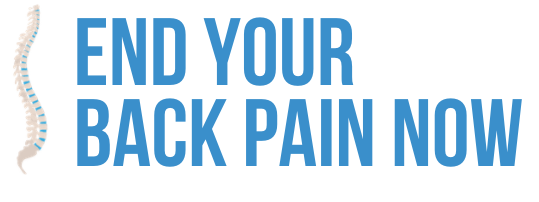The spine is an amazing device. With so many moving parts, all supported by muscles and input by nerves that send and receive messages to and from the brain. What a cool thing.
Have you ever noticed something…the spine is not a straight structure? It has multiple curves to it.
Well, there is a good reason for this. Without getting too technical on this topic, each spinal segment correlates to another on the opposite end. This is needed for counter movements, such as when you walk, your opposite arm and leg swing. Think about it. If you were to swing your left arm forward, your upper body would want to turn to your right. The counter motion, the right leg coming forward, keeps your body movement going straight.
Your arm muscles attach to your shoulders, and your shoulder muscles attach to your shoulder blades, and your shoulder blades attach to the spine through muscles. The same goes for your legs.
So, in the case of having a flat lumbar curve (lower back), the corresponding spinal segments in the neck will exert the same qualities. So if your lower back is flat, your neck curve will usually be reduced, straight, or in some cases, reversed!
So, what does this have to do with lower back pain?
If you have a flattened curve in your lower back, then there will be excessive pressure through the discs in your spine, which can make you MUCH more prone to disc bulging, and herniations. Those can obviously cause pain if they put pressure on a spinal nerve. The same thing can happen to your neck as a result of this.
The problem exists that sometimes, you need to correct both the neck and the lower back in order to alleviate the pressure and thus pain. However, most people tend to only focus on the area that hurts.
When is is really important to look at the neck?
- If there has been a past trauma to the head, such as a fall, car accident, whip lash, or sports injury
- If your body looks “twisted”, meaning one shoulder sits farther in front of the other, or if you stand with one foot forward, and one slightly back. (you may not even notice this!)
- If there is any problems with tilting your head back and experiencing dizziness, such as looking up in the cupboards, or up at a plane in the sky. (Be sure to have an expert evaluate you in this situation!)
- Any time someone has been experiencing unresolved lower back pain, even when all muscle imbalances in the pelvis and lower back have been addressed.
–Sam Visnic

